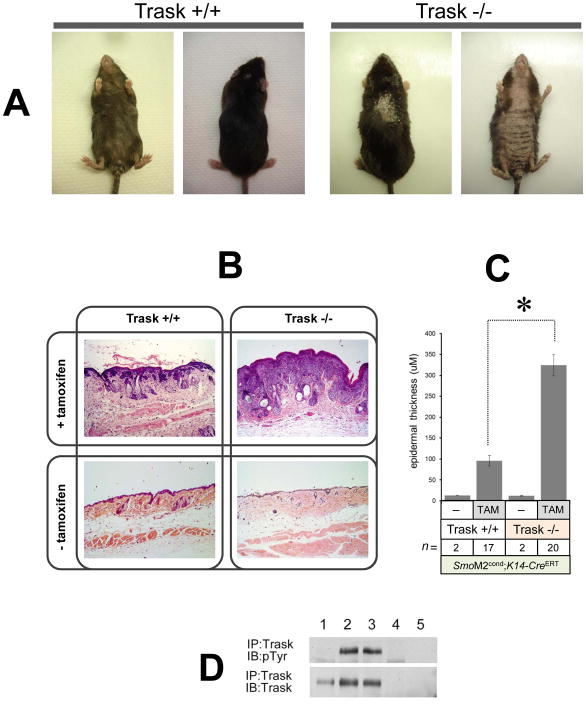Figure 3. Inactivation of Trask accelerates SmoM2 induced neoplasia.
(A) Conditional SmoM2 mice in the indicated Trask genotypes were treated with tamoxifen to induce the oncogenic SmoM2 allele. Dorsal and abdominal view of representative Trask +/+ (left) and Trask −/− (right) mice are shown 12 weeks after tamoxifen treatment. Note more severe hair loss, scaling and skin thickening in Trask null mice. (B) Representative H&E staining of skin samples from K14-CreERT SmoM2 Trask +/+ and K14-CreERT SmoM2 Trask −/− mice treated with or without tamoxifen. Skin samples were taken 12 weeks after tamoxifen injection.
(C) Quantification of epidermal thickness (reflecting tumor burden) from histopathology sections showing much thicker tumors in the Trask −/− mice (p<0.0001). This analysis was performed on 17 K14-CreERT SmoM2 Trask +/+ and 20 K14-CreERT SmoM2 Trask −/− mice 12 weeks after tamoxifen treatment. Control mice were not injected with tamoxifen. (D) The expression and phosphorylation of Trask was assayed as indicated from mouse skin by immunoprecipitation. Lanes correspond to 1) normal mouse skin, 2,3) skin from two Trask +/+ mice bearing SmoM2-induced skin tumors, 4) skin from a Trask −/− mouse bearing an SmoM2-induced skin tumor, 5) IgG immunprecipitate from a tumor-bearing Trask +/+ mouse skin. The mouse skin and SmoM2 induced tumors express only the full-length 140 kD Trask form. Trask is phosphorylated in SmoM2 induced tumors, but not in the normal mouse skin.

